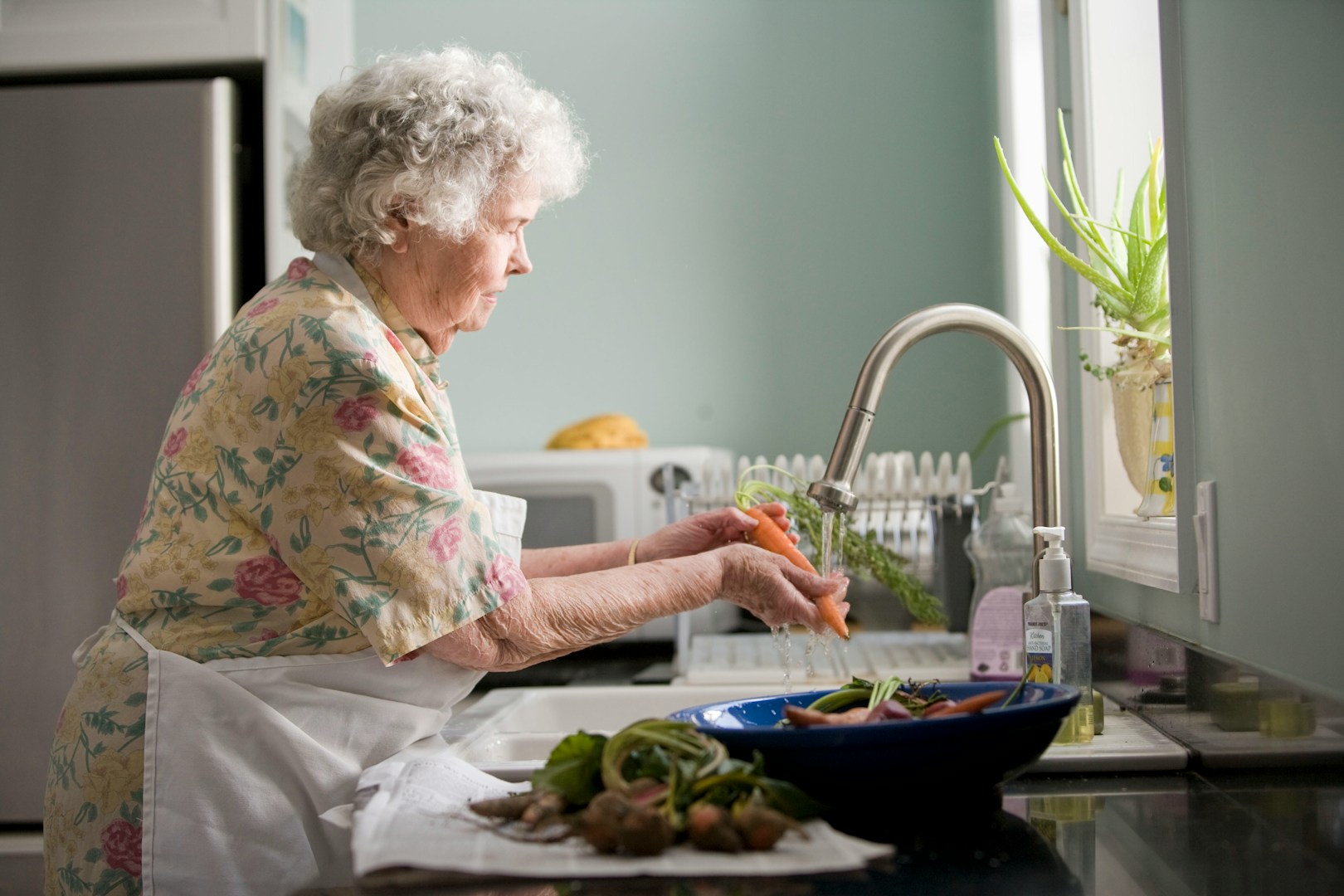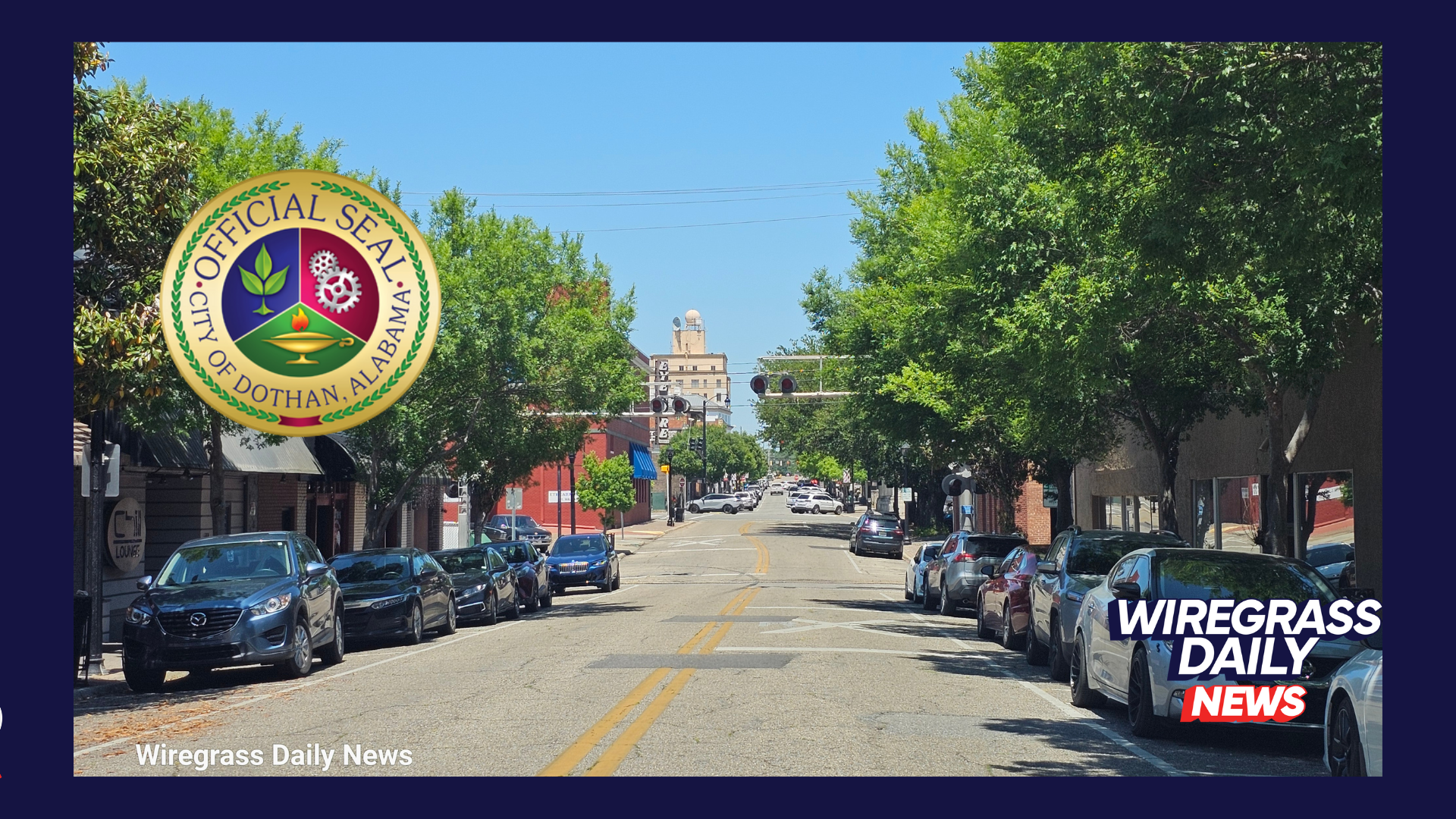DOTHAN, Ala. (WDNews) —
Most of the aging population in the U.S. want to “age in place,” but new research shows Alabama may not be the best place to do it.
75% of older adults prefer to stay in their own homes rather than move into assisted living or retirement communities. According to a recent study by
Seniorly
, Alabama ranks 47th among U.S. states when it comes to supporting older adults who want to remain at home as they age.
The report, which examined factors like healthcare access, housing costs, home safety and caregiver availability, paints a concerning picture for the state’s rapidly growing senior population.
While aging in place offers benefits like independence and lower long-term costs, it also requires strong community support, access to health services, and safe, adaptable housing. These are all areas where Alabama struggles.
One of the state’s biggest challenges is a lack of available caregivers. Alabama has only one home health aide for every 44 seniors, ranking among the worst states in this category.
That shortage makes it harder for elderly residents to receive the in-home help they need with daily tasks.
The state also sees a large percentage of seniors struggling with housing costs. About 20.5% of Alabama homeowners over 65 spend more than 30% of their income on housing, limiting their ability to afford healthcare, home modifications and other critical needs.
Technology can make aging in place safer, but Alabama seniors are falling behind in adopting smart home tools. Only 14.6% of older adults in the state use internet-connected devices that could support independence, such as fall detection systems or voice-activated assistance.
Walkability is another major factor. Many seniors lose the ability to drive but still need access to groceries, pharmacies and social spaces.
Alabama scored a low 22 out of 100 in average walkability, further isolating older adults and limiting their independence.
With the senior population expected to rise dramatically from 63.3 million in 2025 to over 82 million by 2050, the need for better aging-in-place infrastructure is urgent.
Experts say planning ahead is key. Safety upgrades like grab bars and ramps, a strong support network of friends or family, and proactive health care can all improve outcomes. Financial planning is also critical, as long-term aging at home can carry hidden costs.
And while many seniors are determined to stay put, being open to alternative care options, such as assisted living, shouldn’t be seen as failure. It’s about preparing for every possibility with dignity and control.
For Alabama, the road to becoming a more senior-friendly state may be long. With awareness and investment, there’s still hope for creating a safer, more supportive environment for those who wish to stay in their “home in Alabama” for life.











